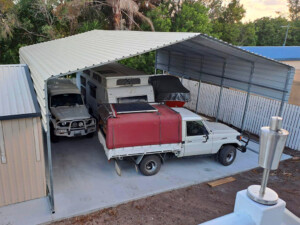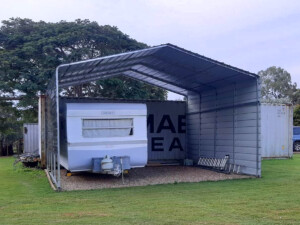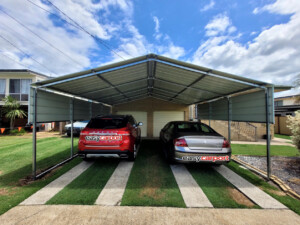Owner’s Manual:
Before beginning construction,check local building codes regarding footings,location and other requirements.Study and understand this owner’s manual.Important information and helpful tips will make your construction easier and more enjoyable.
Assembly Instructions:
Instructions are supplied in this manual and contain all appropriate information for your building model.Review all instructions before you begin,and during assembly,follow the step sequence carefully for correct results.
Parts and Parts List:
Check to be sure that you have all the necessary parts,you’ve your building.
The first few steps show how to join related parts to make larger sub assemblies which
will be sused later.
Familiarize yourself with the hardware and fasteners for easier use during construction.
These are packaged within the carton.Note that extra fasteners have been supplied for your convenience.
Watch the Weather:
Be sure the day you select to install your building is dry and calm.
Do not attempt to assemble your building on a windy day.Be careful on wet or muddy ground.
Teamwork:
Whenever possible,two or more people should work together to assemble your building. one person can position parts or panels while the other is able to handle the fasteners and the tools.
Tools and Materials:
These are some basic tools and materials you will need for the construction of your building. Decide which method of anchoring and the type of foundation you wish to use in order to form a complete list of the materials you will need.
Choose a right ground
Make sure the ground slopes slightly away from the building on all sides. This will keep water moving away from the building and prevent moisture from remaining in contact with your metal building continuously.
Perform routine checks
Check your metal building at least twice a year to assess for any damage caused by harsh weather, an accidental bump from a vehicle, or other causes. Also, check immediately following severe storms for dents, small holes, missing screws and bolts,or other damage that could compromise steel panels and frame.
Keep your building clean
It’s important to routinely clean your steel building (once a year or more often as needed) to prevent fungi or other materials from building up on your structure. To clean your metal building, simply use a mix of ammonia or a gentle household cleaning product with warm water to remove the grime,grease or mud. You can do this by hand with a soft brush or use a power washer on a low pressure setting. For stubborn mildew, add bleach to your cleaning solution.
Tackle minor repairs immediately
Small holes or scratches might not seem like a big deal, but when exposed to the elements, they can grow into bigger problems. By promptly filling small holes and priming and painting scratched paint, you can stop further damage in its tracks.
- Finish: For long lasting finish, periodically clean and wax the exterior surface. Touch-up scratches as soon as you notice them on your unit. Immediately clean the area with a wire brush, wash it and apply touch-up paint per manufacturer’s recommendation.
- Roof: Keep roof clear of leaves and snow with long handled,soft-bristled broom.Heavy amounts of snow on roof can damage building making it unsafe to enter.In snow country,Roof Strengthening Kits are available for most TeachYard for added protection against heavy snow accumulation.
- Doors: Always keep the door tracks clear of dirt and other debris that prevent them from sliding easily.Lubricate door track annually with furniture polish or silicone spray. Keep doors closed and locked to prevent wind damage.
- Fasteners: Use all washers supplied to protect against weather infiltration and to protect the metal from being scratched by screws. Regularly check your building for loose screws, bolts, nuts, etc.
Other Tips…
Wash off inked part numbers on coated panels with soap and water.
Silicone caulking may be used for watertight seals throughout the building.







